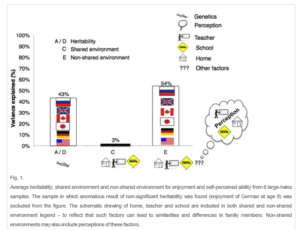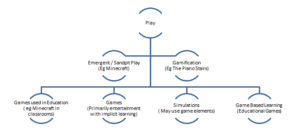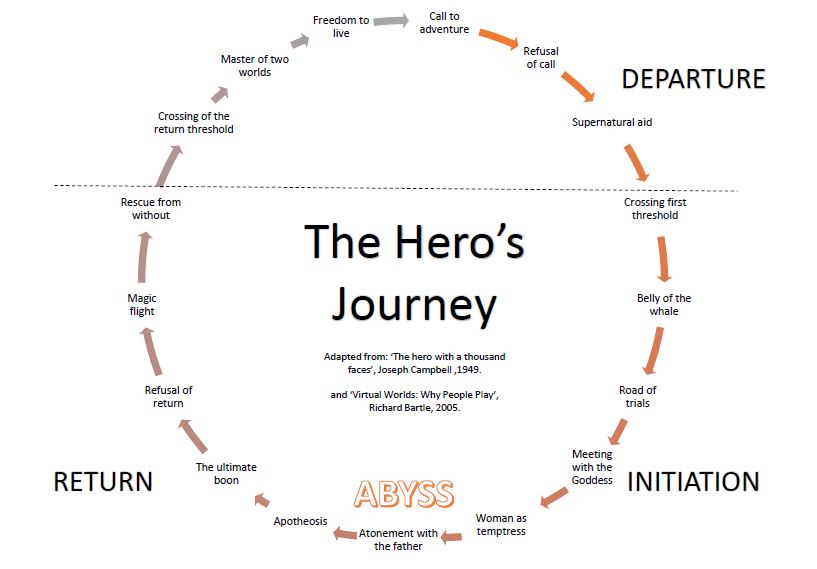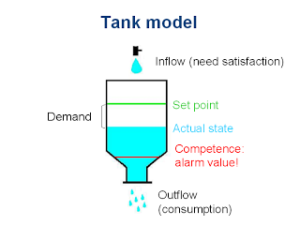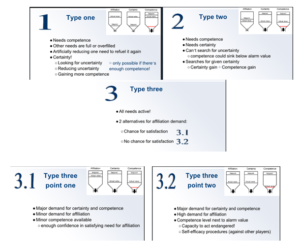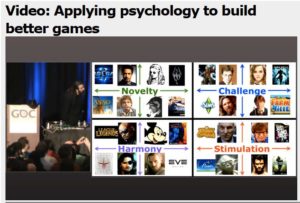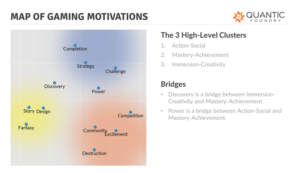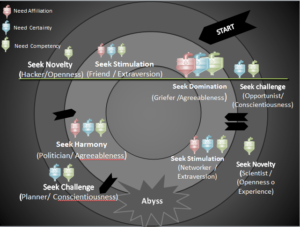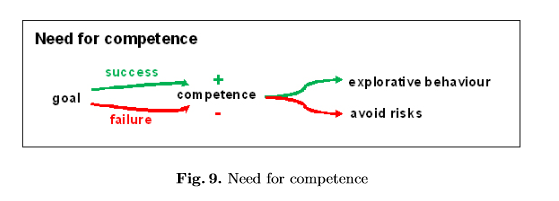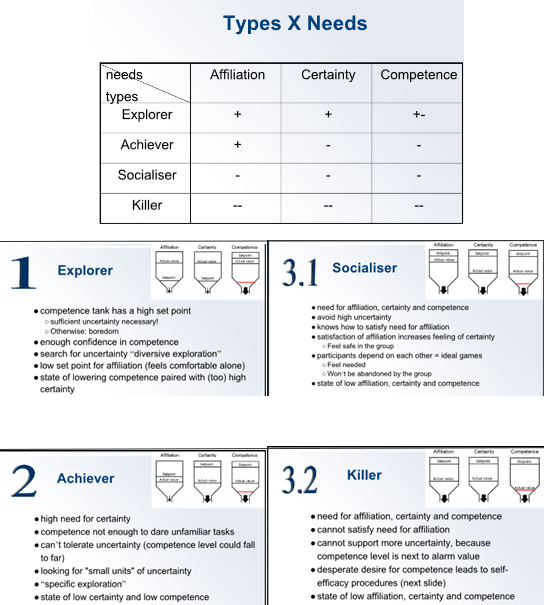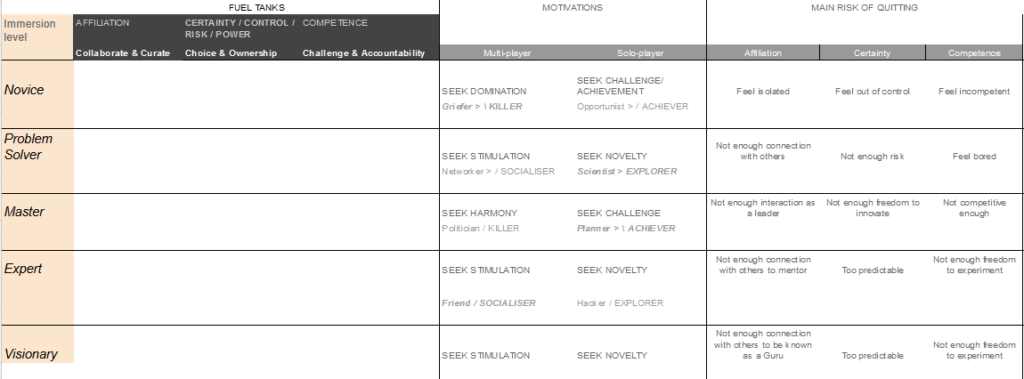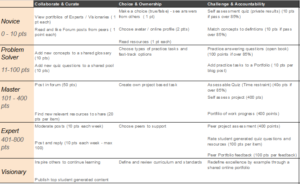 Natalie Casandra Denmeade, (2017) “The hero’s learning journey”, World Journal of Science, Technology and Sustainable Development, Vol. 14 Issue: 2/3, pp.155-171, https://doi.org/10.1108/WJSTSD-06-2016-0042
Natalie Casandra Denmeade, (2017) “The hero’s learning journey”, World Journal of Science, Technology and Sustainable Development, Vol. 14 Issue: 2/3, pp.155-171, https://doi.org/10.1108/WJSTSD-06-2016-0042
Purpose
The purpose of this paper is to discuss how educators can harness the natural momentum of learning to create a dramatic and exciting hero’s learning journey. Given the importance of motivation, educators can borrow ideas from game designers by using gamification – a process to re-frame a real life goal to be more appealing and achievable. A series of learning activities, developed to meet both cognitive and emotional needs, results in an engaging learning journey.
Design/methodology/approach
The concept presented, based on PSI Theory, OCEAN Big Five character traits and player/learner archetypes, is that learners are motivated by three basic needs: affiliation, competence or certainty (assuming other physiological needs are met).
Findings
Armed with insight into types of motivations at different phases, learner experience designers can create different learning journeys and user profiles. Learning activities can be planned for each need and phase based on changing motivations: collaborate and curate (affiliation), choice and ownership (certainty), challenge and accountability (competence).
Research limitations/implications
Further research is needed in the area of gamification in education. A qualitative study should be conducted on preferred learning and assessment activities for each player archetype and, importantly, this research should represent broad samples and not be restricted to the online gaming community.
Originality/value
Rather than focussing on an isolated unit of study, and asynchronous eLearning modules, learning designers can use modern technologies to seed and nurture learning communities where each person has an appealing pathway to enable them to move from novice to expert at their own pace in a spiral of satisfying learning.
Tap or click to view full size images of the figures used in the article:
